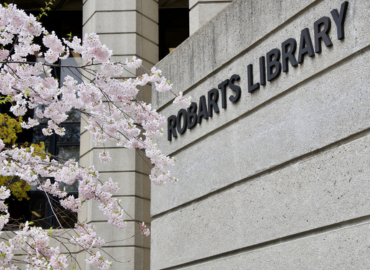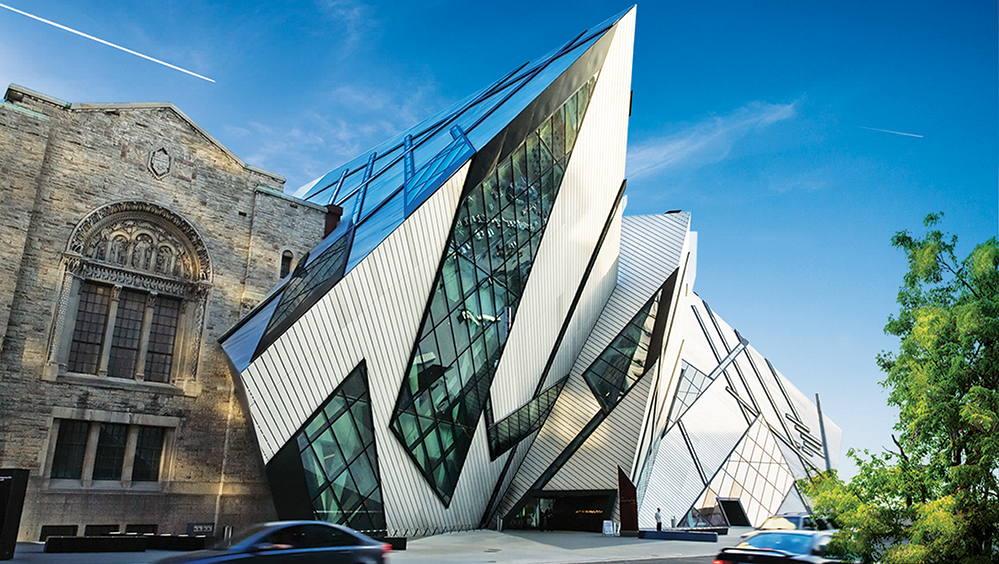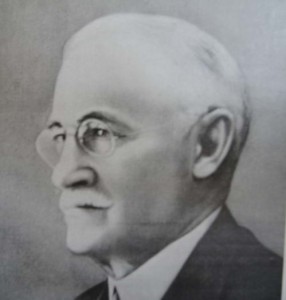East Asian Studies at University of Toronto
The Department of East Asian Studies (EAS) provides students the opportunity to develop a deeper understanding of the languages, cultures and societies of the region.
The department’s course offerings engage the diversity of East Asian cultures, from contemporary film and politics to ancient philosophy, and they critically examine the structures that define the area and render it an object of study.
We offer Chinese, Japanese, and Korean from beginning to advanced levels, and a full range of courses on East Asian literature, history, thought, religion, and society.

The field of East Asian studies has undergone enormous change in recent years, moving from philological and hermeneutic approaches towards critical theory and more problem-based, often transnational studies. The transformation of our own department tracks, and often leads, these changes as we have moved from a program organized by geographical and chronological coverage to one centered around intellectual and thematic “nodes of excellence,” with the result that in certain fields we attract top graduate students from around the world.
Our Community

The EAS faculty includes members with joint appointments with the departments of Philosophy, Comparative Literature, Religion, Cinema Studies, and the Asian Institute.. We are a collaborating partner of the Collaborative Program in Book History and Print Culture with faculty both teaching in the program and also serving on the Program Committee of the Toronto Centre for the Book. We are also a collaborating partner with the Bonham Centre for Sexual Diversity Studies and have faculty actively involved with the Women and Gender Studies Institute, Asian Institute and Literary Studies Program.
In the wider community, we maintain strong ties with the Royal Ontario Museum (ROM), whose Far Eastern Department was the genesis of our own department today. Senior ROM curators teach courses in our department and help to supervise our MA and PhD students, who have also served as guest curators at the museum. The Bishop White Committee Library of East Asia and East Asian Art and Archaeology Collections of the ROM combine with the Cheng Yu Tung East Asian Library to provide some of North America’s richest resources for research of East Asia.

The University of Toronto has a long history of producing scholars who have deeply shaped the various fields that make up East Asian studies. At the turn of the twentieth century, James Scarth Gale wrote one of the first English language histories of Korea and published foundational Korean grammars as well as translations of Korean literature. His papers are housed in the Thomas Fisher Rare Book Library today. In the early 1920s, Bishop William C. White began his missionary career in China where he soon became famous for the antiquities he amassed, a collection that eventually became the basis of the Royal Ontario Museum and the core of the Cheng Yu Tung East Asian Library. In the 1930s, Herbert Norman began to publish new works on Japanese history that were to offer a radical challenge to many of the conventions and assumptions of his field.
The institutionalization of the study of East Asia at the University of Toronto built on these illustrious beginnings when Bishop White returned from China in 1934 to set up and curate the Far Eastern Collection at the Royal Ontario Museum, then part of the University of Toronto. The following year, White became the first professor of Chinese studies, laying the foundation for the wartime establishment of a School of Chinese Studies in 1943. Nine students enrolled in the first year of this program. Shortly after the war, the School added Japanese and Indian studies, becoming the Department of East Asiatic Studies. By 1971, a separate Department of Sanskrit and Indian studies was established, allowing the formation of a Department of East Asian Studies that expanded its offerings on Japan and, by 1977, had added courses on Korea. Since then, the department has experienced tremendous growth, hiring faculty to build a rich program whose excellence lies in the interdisciplinary study of the East Asian humanities.
Members of the department today contribute to interdisciplinary research and teaching throughout the university, holding joint appointments with the Philosophy Department, History Department, the Department and Centre for the Study of Religion, the Centre for Comparative Literature, the Asian Institute and the Royal Ontario Museum. In addition, the department is a collaborating partner with the Book History and Print Culture program.
Students and faculty in the department are blessed with a rich array of resources to assist in their research. The Cheng Yu Tung East Asian Library, holding more than 500,000 volumes, is considered one of the major research collections in North America. The Asian Institute, housed in the Munk School of Global Affairs, offers a lively array of lectures, workshops and conferences each year. Last but not least, the department is located on the downtown campus of the University of Toronto, thus lying at the heart of one of North America’s most cosmopolitan and exciting cities. With Chinatown to the south and Koreatown to the immediate west, there is no end of excellent cuisine to stimulate the mind and the senses.


